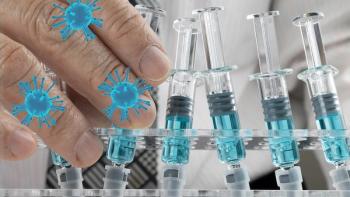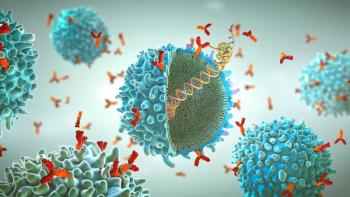
McCoy to Leave J&J, Gorsky Prepares to Take Over
Johnson & Johnson announced this week that Sheri S. McCoy, vice-chairman of the Executive Committee, has resigned from the company. She was considered to be in line for the CEO position, being filled by Alex Gorsky.
Johnson & Johnson announced this week that Sheri S. McCoy, vice-chairman of the Executive Committee, has resigned from the company. She was considered to be in line for the CEO position, being filled by Alex Gorsky.
McCoy, who joined J&J in 1982, is reportedly moving on to head Avon, a smaller company in comparison to J&J but with similar healthcare products in the cosmetic and skincare area.
“Sheri has made important contributions across Johnson & Johnson throughout her career. During these last several years, she was instrumental in helping to bring stronger strategic focus to our Pharmaceutical business as it builds a robust pipeline and launches important new medicines; and to our Consumer business as it leverages the success of its iconic brands and worked to resolve some recent challenges,” said J&J CEO and Chairman William C. Weldon, in a company
J&J
Newsletter
Stay at the forefront of biopharmaceutical innovation—subscribe to BioPharm International for expert insights on drug development, manufacturing, compliance, and more.




